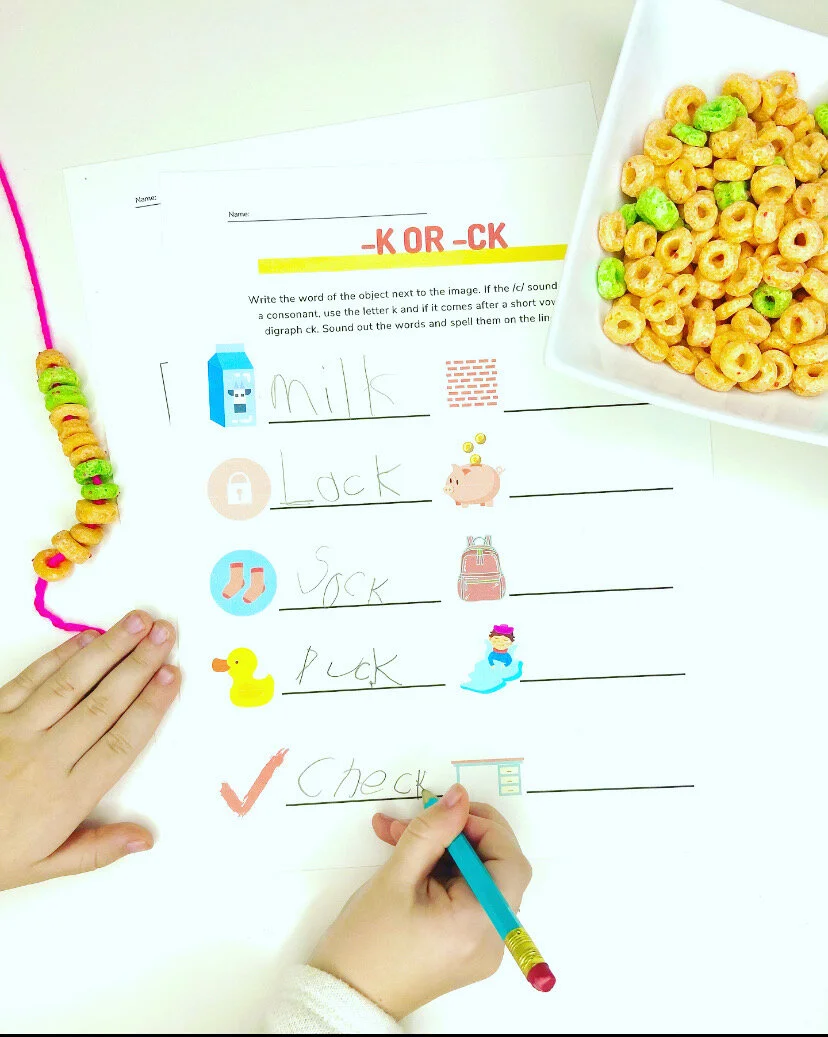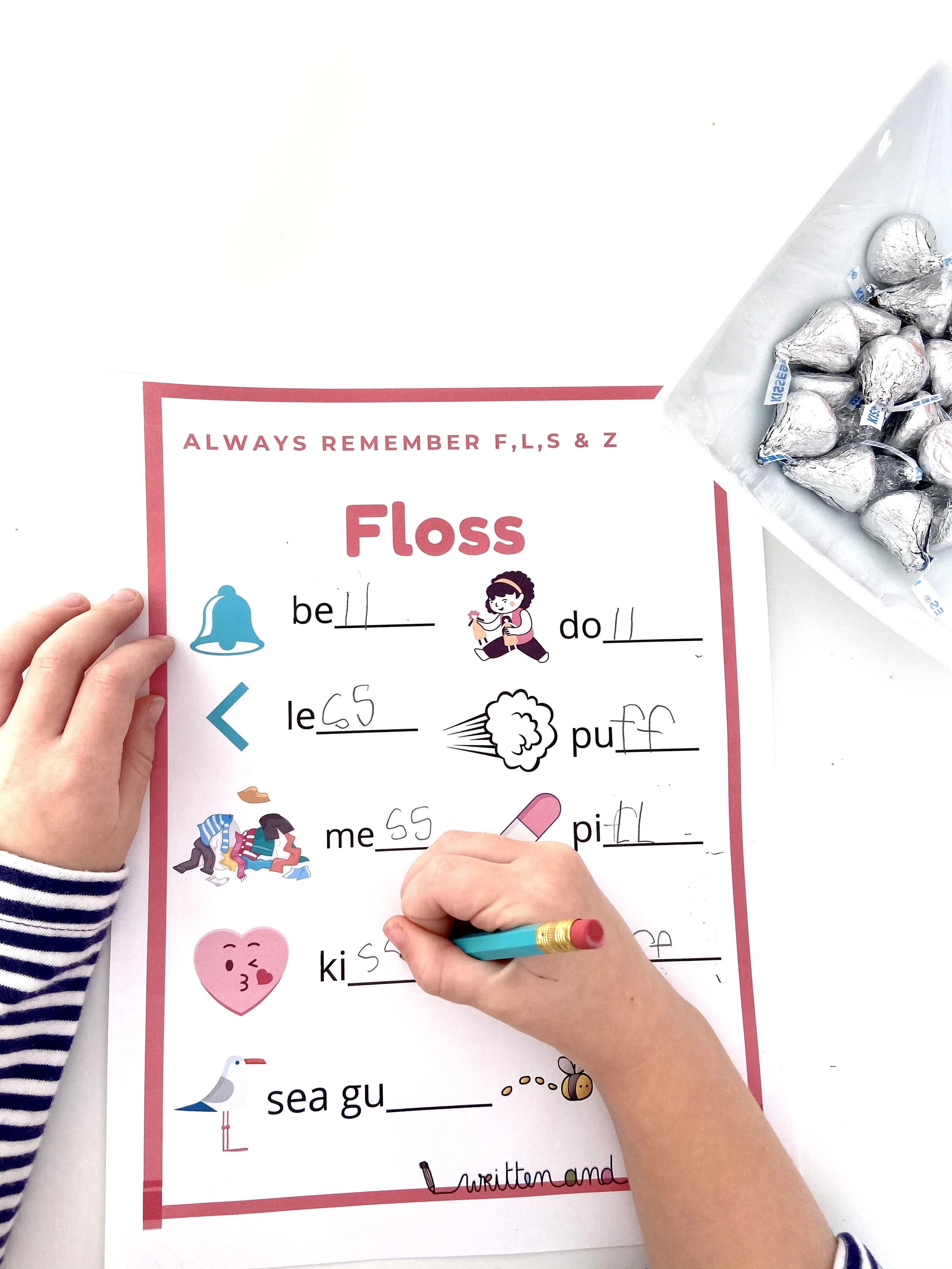How to Teach Your Child Sight Words Effectively
/One of my funniest teaching moments was when a kindergarten student who struggled to learn letters and sounds asked me where the letters came from. "Did you make this up?" she asked. "Make what up?" I replied. "Letters?" she said. "No, people did when they wanted another form of communication," I explained. She looked at me puzzled, and before I could correct my mistake of using the general and inclusive term people, she screamed, "Oh no! Not me! I sure did not do make this stuff up." Her frustration was endearing, and we had a good laugh. I explained that I wasn't trying to make things more difficult.
Genetics, personality, home and learning environments all come into play when a child learns to read. Most children arrive as readers when their brains are ready to begin reading. Despite our best efforts to mold our children, we must also take into account their unique learning styles.
I'm a fan of less is more when teaching at home. My goal is first to preserve confidence and help you empathize with your child. Secondly, I provide developmentally appropriate material that allows the student to master a skill. In other words, I try to meet them where they are. However, there is one component of literacy in which all children, despite their skill level, can benefit from ample practice, and that is sight words. These words make up almost 65% of all text. When a child can automatically recognize sight words, reading becomes more enjoyable and fluent. Below are three simple things you can do to help your child practice sight words without losing the fun or the magic of reading at home.
1. Explain that there are two types of high-frequency words
Some sight words follow phonetic rules, and some do not. Many schools teach all high-frequency words under the same umbrella of sight words. This is understandable but can sometimes cause unnecessary confusion. Try explaining that the reason we practice and memorize these words is that we want to recognize them instantly. If you have curious kids that really need to understand, then you can call words that do not adhere to phonetics 'red words' or ‘oddball words’ and the ones that do 'sight words.'
2. Utilize the senses
When we teach in sensory ways, not only is it more fun for kids, but the information is more likely to transfer into the child's long-term memory. An easy and fun way is to do this is to mix food coloring and salt and trace the words in the salt. Practice the word using sand, washi tape, sandpaper, paint or shaving cream. If you practice on an iPad, try applying this tactile overlay on the screen. One of the best ways to initially teach the word is to have them write the word 'in the sky.' The child uses a straight arm and pretends to trace the words very largely in the sky, picturing an airplane writing words or their arm painting the word in the sky. To make this fun, I always ask the child to tell me what color paint they are going to use to paint the sky.
3. Only teach two words at a time
Instead of drilling with lots of flashcards, spend quality time on two words a week. Keep track of the words that your child has learned by recording them in a notebook or a sight word ring. Read the words in context with picture books during nightly reading. Then try to point out those two words in your child's reading and writing. This will allow your child to feel accomplished and successful when they look back at all they have learned.
I hope this helps you get started with sight words at home! Please email me with questions or leave comments here.

















































